- Overview
- Introduction
- Production Process
- Model Data Preparation: Sketching
- Model Data Preparation: Digitization
- Mold Modeling
- Mold Processing #1: Direct Sculpting
- Mold Surface Treatment
- Mold Processing #2: Master/Inverted Mold
- Cutting Prepreg Materials
- Laminating Process
- Vacuum-bagging Process
- Autoclave Molding
- Pressure, Temperature, and Vacuuming
- Polishing, Secondary Processing, and Final Coating
- Quality Inspection
- Assembly
- Summary
Overview
CFRP has gained huge traction for its “lightweight, strong, and non-corrosive characteristics”, leading to growing its application in a diverse range of fields and industries. Despite this growth, examples of CFRP prototype development and CFRP-formed products seldom come to our attention.
Introduction
In 2013, Uchida Co., Ltd. created Carbone Mirai, a CFRP-fabricated original anime figurine for a global trade show exhibition. The project signified our 45th anniversary, since establishment, and origins as a mannequin manufacturer (prev. name of Uchida Kougei). We have since expanded from our base in Saitama Prefecture of Japan and now operate in the wider Kanto region and international markets.
The short film on this work-of-art encompasses the history and honed technologies behind the current-day Uchida Co., Ltd.. In this issue, we will explore the fabrication processes of Carbone Mirai as a representative example of CFRP prototype development.
Production Process
Model Data Preparation: Sketching
We start by sketching the character design and converting it into digital data. During this phase, we determine the overall size, posing, and other general details of the item to be showcased.
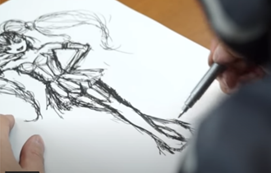
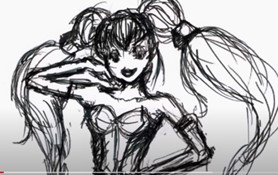

Model Data Preparation: Digitization
Once a general design has been drawn up, we move over to CAD and start generating 3D data. The part configurations and assembly methods are decided during the data creation, meaning that this step is key part of the manufacturing process.
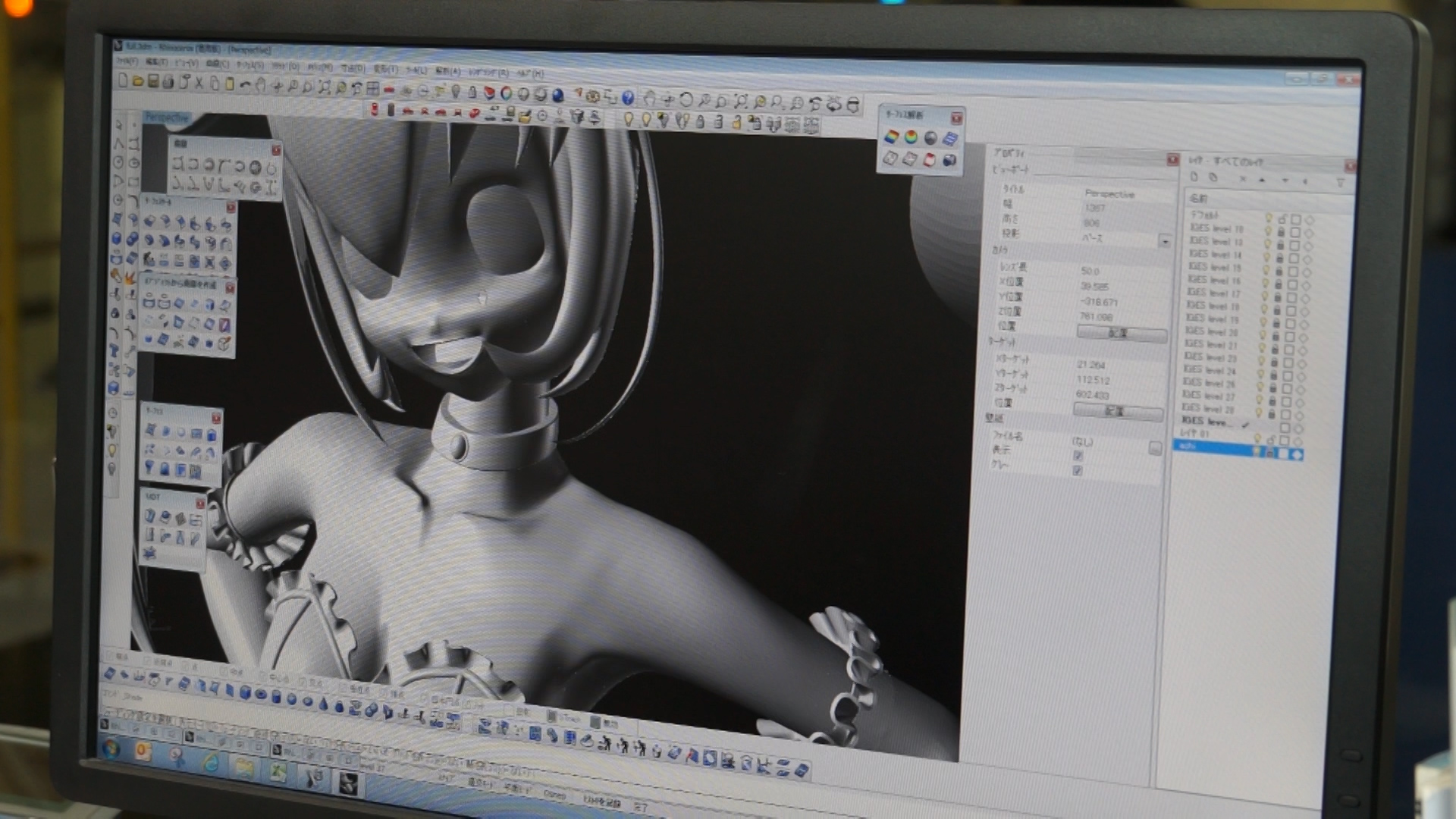
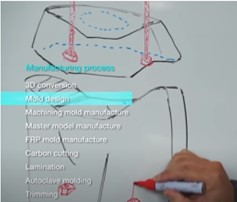
Mold Modeling
Mold modeling is the next step following completion of product data creation. This process demands careful consideration of manufacturing constraints and relative factors, including the machining center capabilities, draft angle, stacking/forming capacity, and risks of the product breaking.
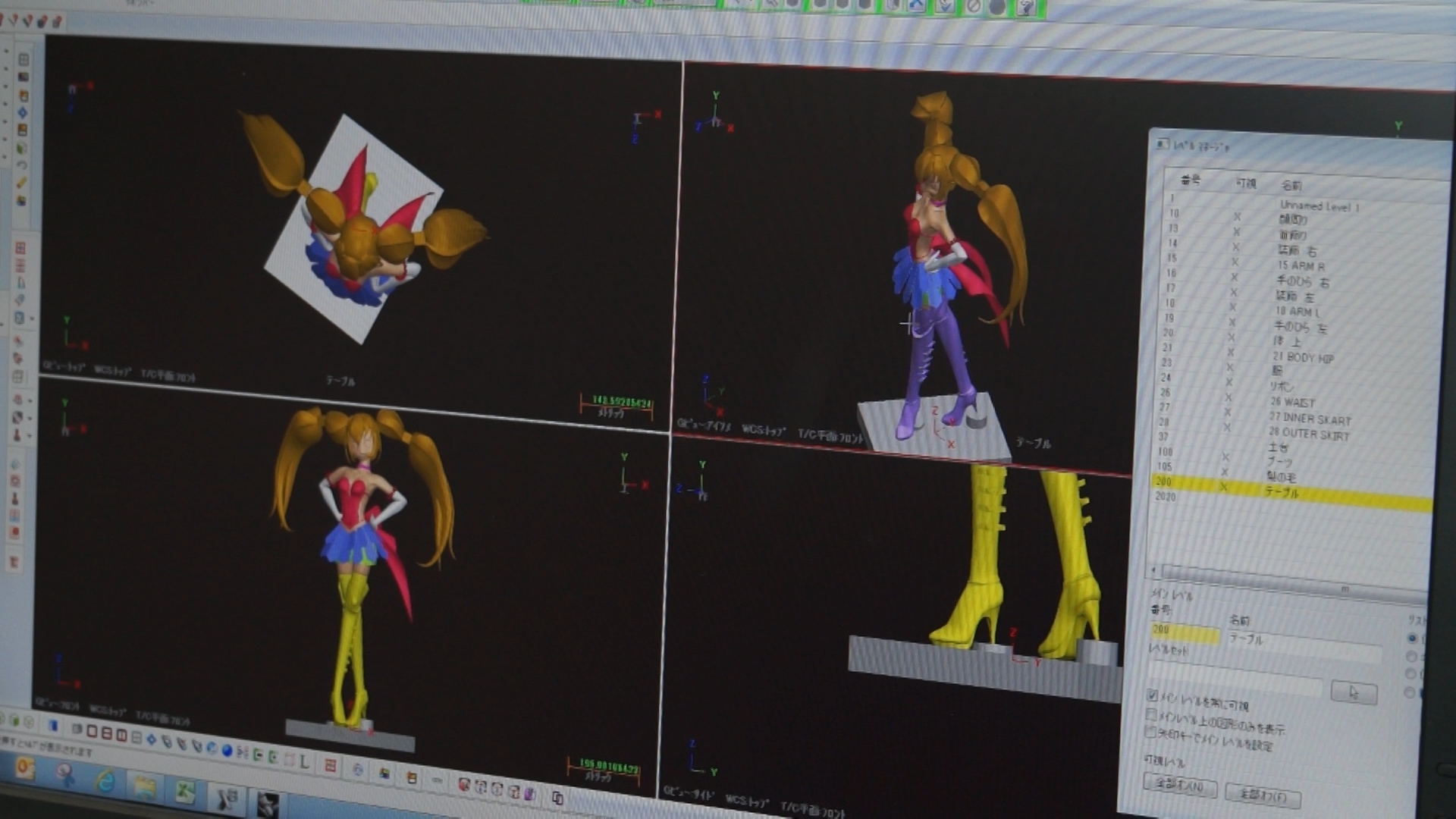
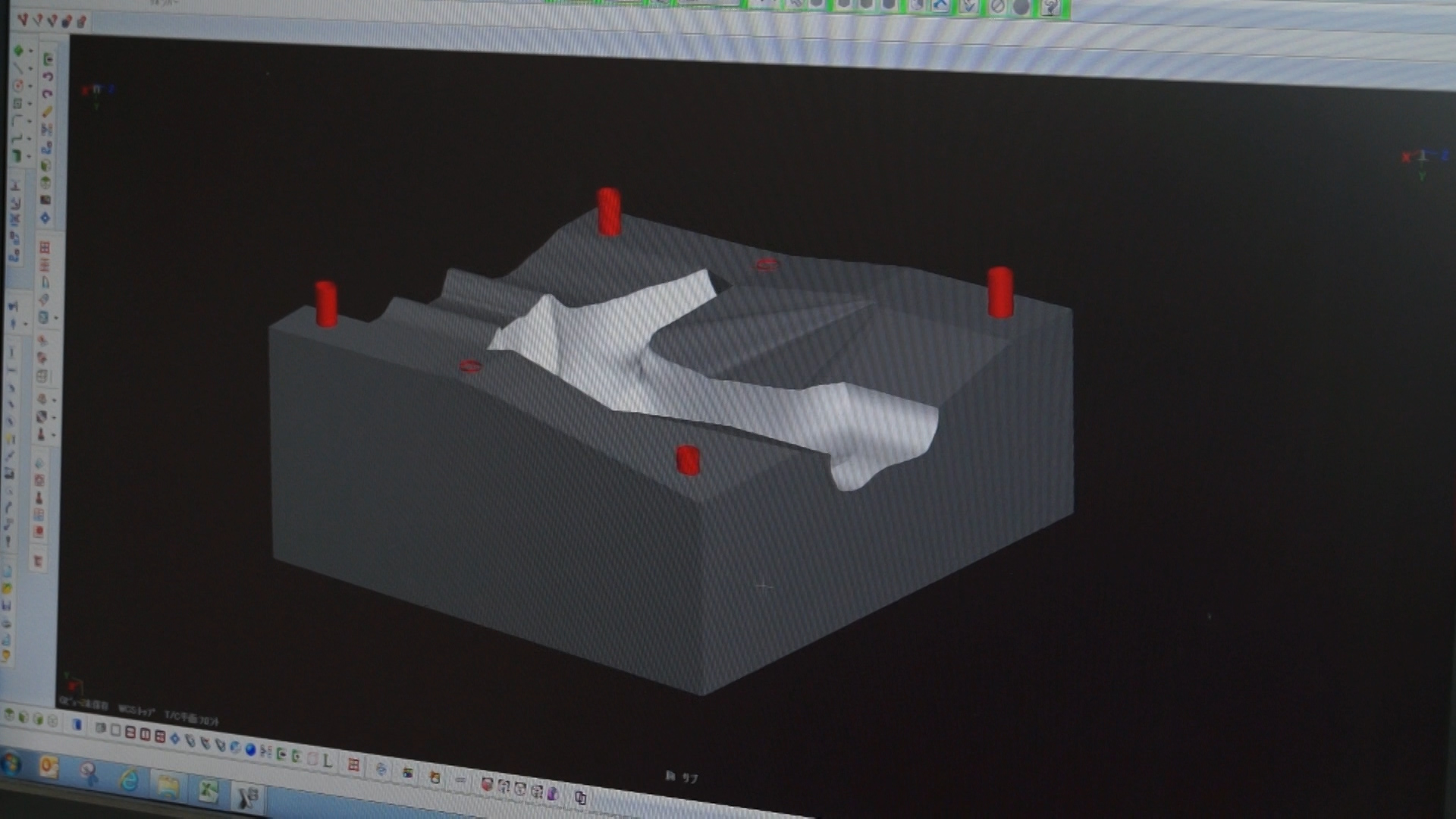
Mold Processing #1: Direct Sculpting
Next, we utilize the modeled data to process a mold in our machining center.
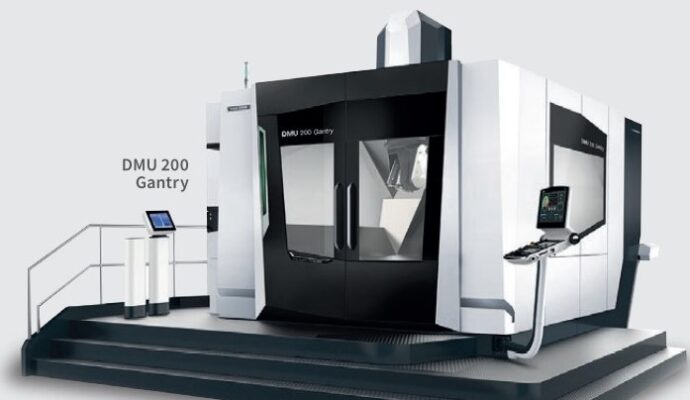
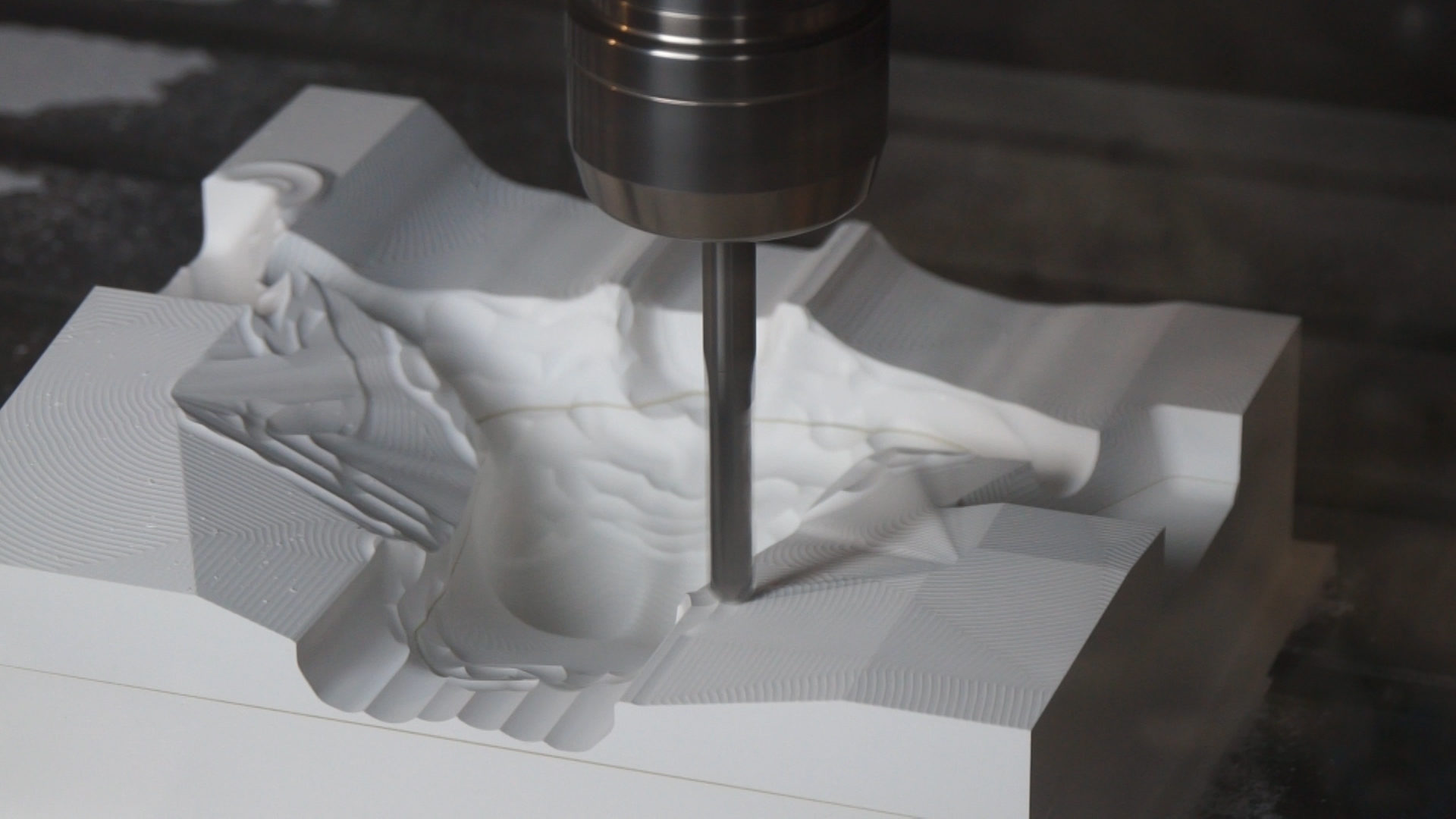
Mold Surface Treatment
The resin pre-impregnated carbon fiber sheets (prepregs) will bind to the mold if laminated directly after cutting. To prevent sticking, we apply a thin coating of resin with a mold release agent, like Teflon coating of a fry pan, to the surface of the mold. *The yellowed coloring in the image is the resin coating.
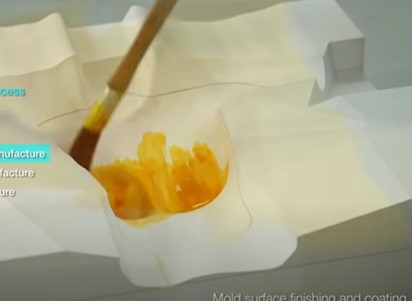
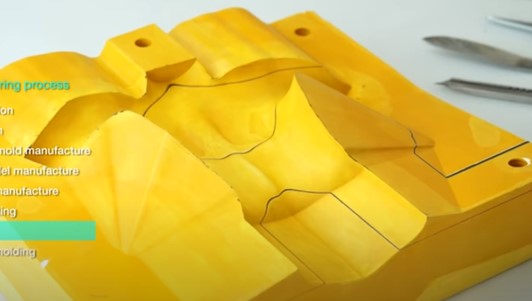
Mold Processing #2: Master/Inverted Mold
Unlike direct sculpting, where the mold is carved from block, with this method we machine an original or master mold (mold of the actual product) and then generate an inverse mold from the master copy. The type of method used depends on the production, product profile (shape), required precision, and molding efficiency of the job.
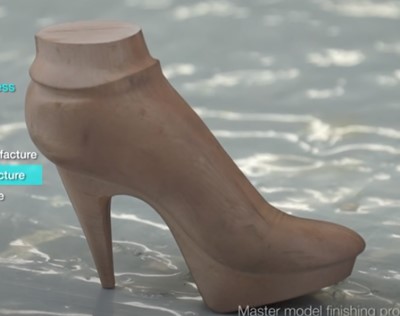
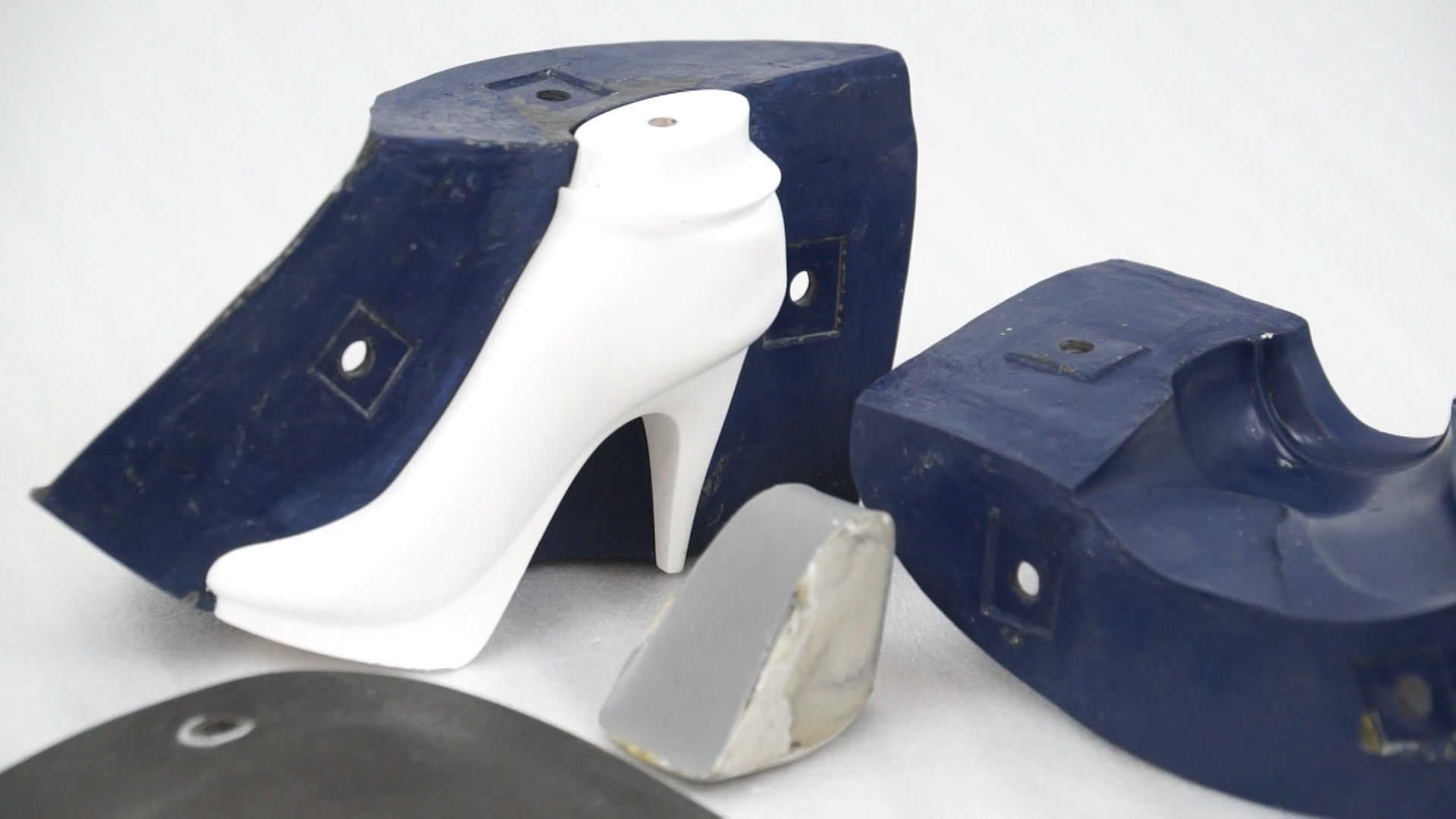
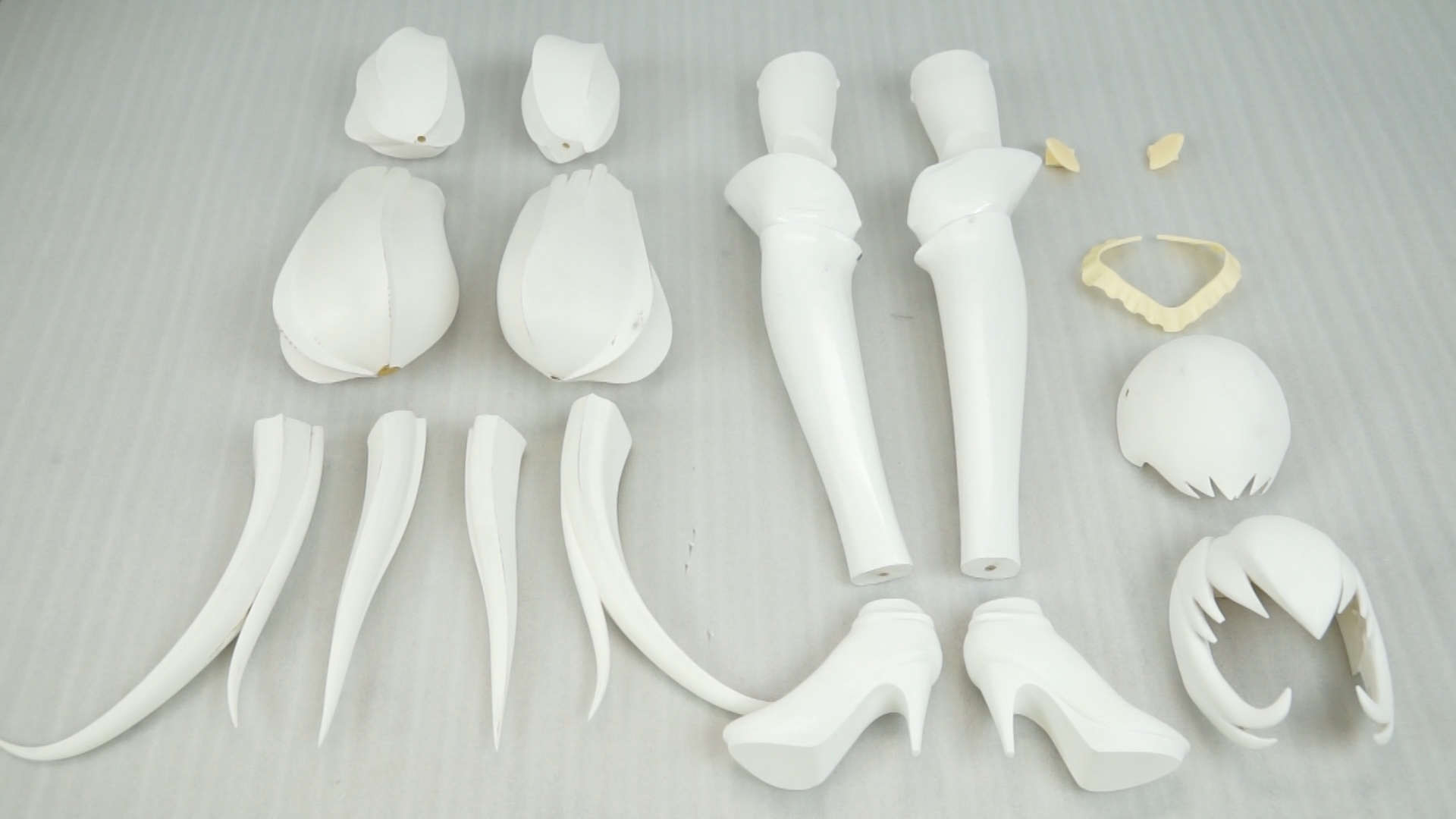
Cutting Prepreg Materials
Next, we cut the prepreg sheets using a cutting plotter. Prepreg sheets are, like food, a raw material and therefore have a use-by-date. They generally need to be stored frozen at temperatures of minus 18°C or less.
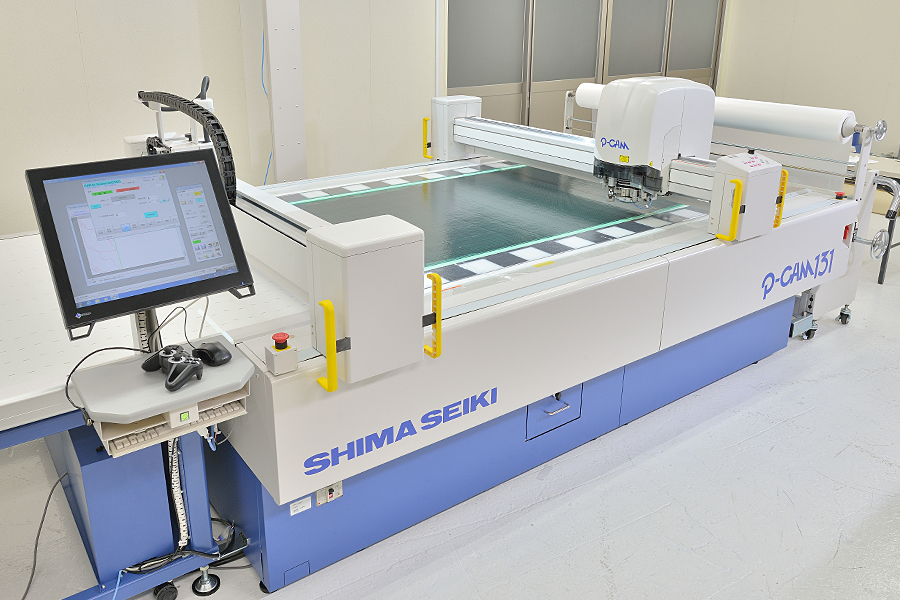
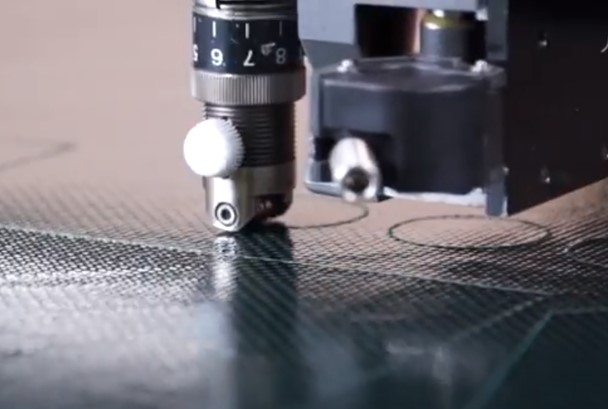
Laminating Process
Our technicians meticulously stack the cut prepregs layer by layer to form a laminate stack in accordance with the design. This process is performed in strictly controlled clean rooms and our technicians specialized clean suits to prevent contamination from foreign objects, including hair, during the lamination. Any air trapped between the 0.08-0.7 thin prepreg sheets can cause defects such as voids or inter-layer delamination during the subsequent molding process. To prevent this, we vacuum pull each layer and expel any remaining air.
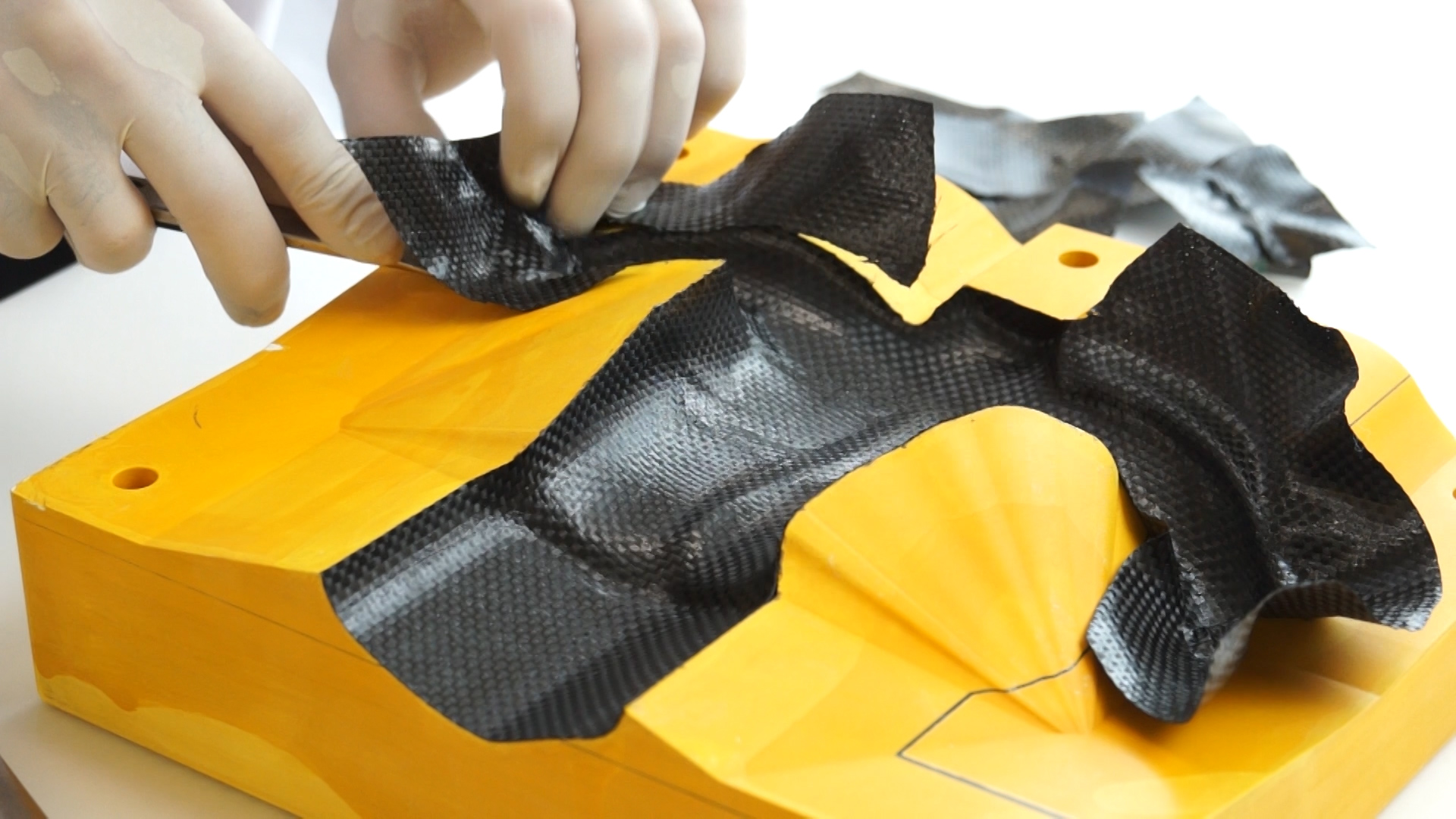
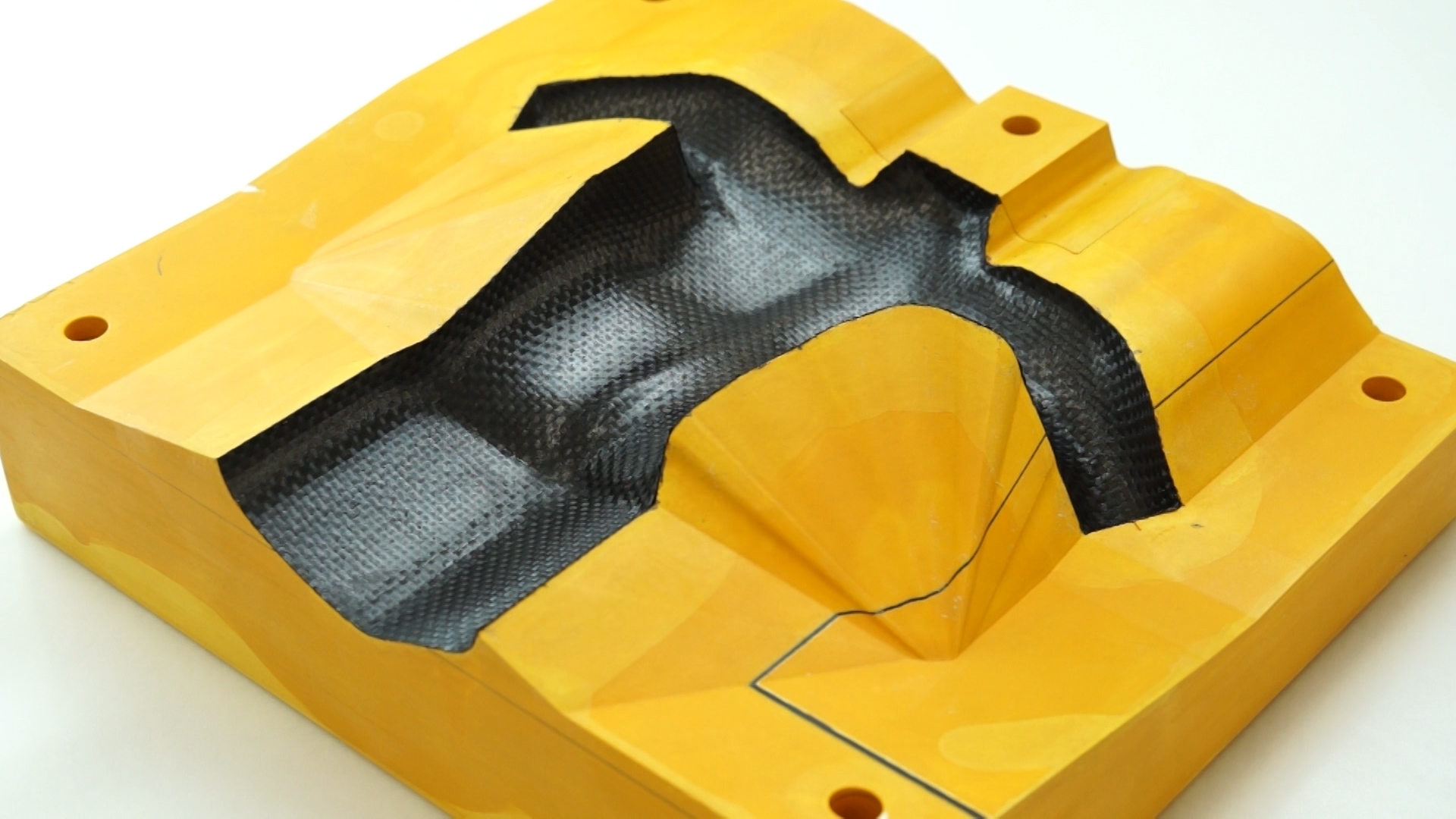
Vacuum-bagging Process
After laminating, we place specialized sub-materials including a mold release film and breather cloth bagging film over the layup and then vacuum-pull the stack (vacuum-bag) to complete the pre-molding preparation process. The vacuum-bags are sealed with sealant tape (yellow sections in the image) to prevent tearing or leaking from any sharp or protruding edges.

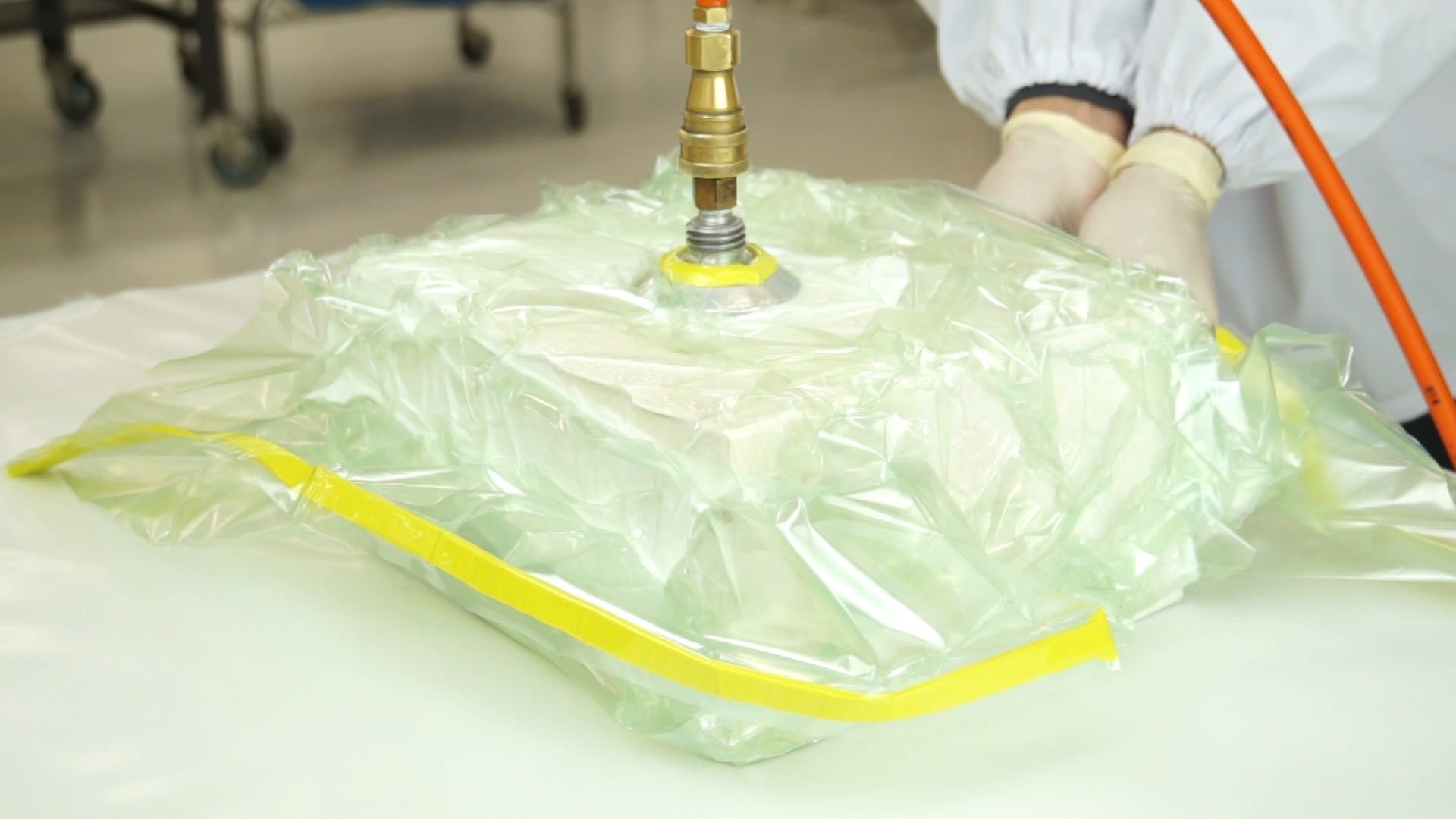
Autoclave Molding
Pressure: An autoclave is essentially a pressure device. Pressurization of the inside chamber presses the laminated prepreg sheets against the mold and expels and remaining air.
Temperature: In CFRP (carbon fiber reinforced plastics that use a thermosetting resin) molding, heat causes the resin to react and cure (harden).
Vacuuming: During molding, bagged products are generally vacuumed and degassed. The history of the molding process is recorded on paper, or with a digital recording device, and then submitted to the client for traceability. All records are managed and stored in accordance with our company’s regulations.
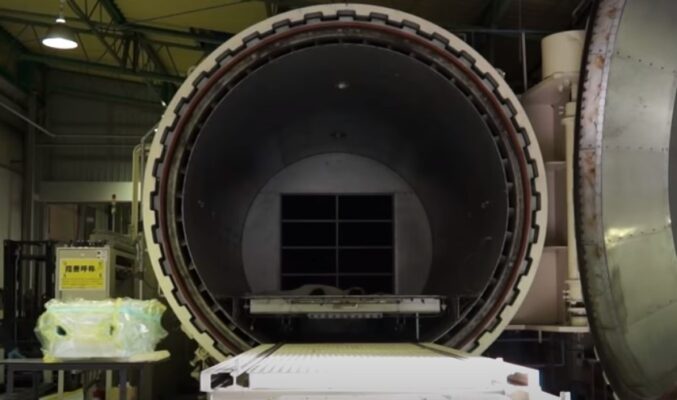
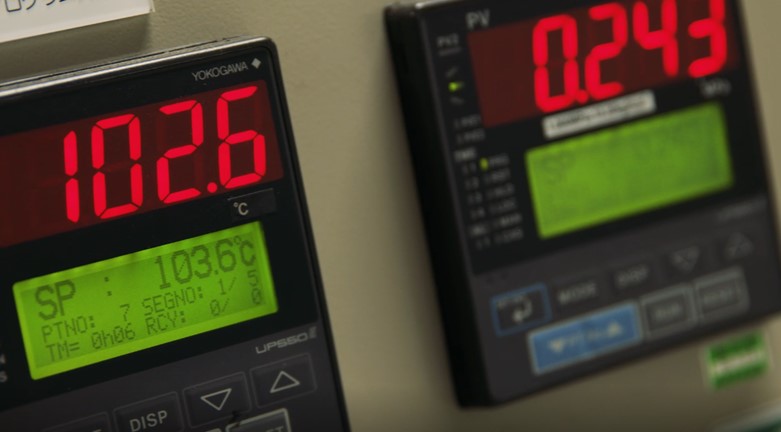
Pressure, Temperature, and Vacuuming
Molding pressures, temperatures, and vacuuming (inert atmosphere) are all programmed to match the product.
Polishing, Secondary Processing, and Final Coating
After autoclaving, we remove and de-mold the item and begin with the post-molding finishing processes. This includes a trimming the item to predetermined position, drilling, gluing, surface treatments, and in some cases applying a final coating or finish.
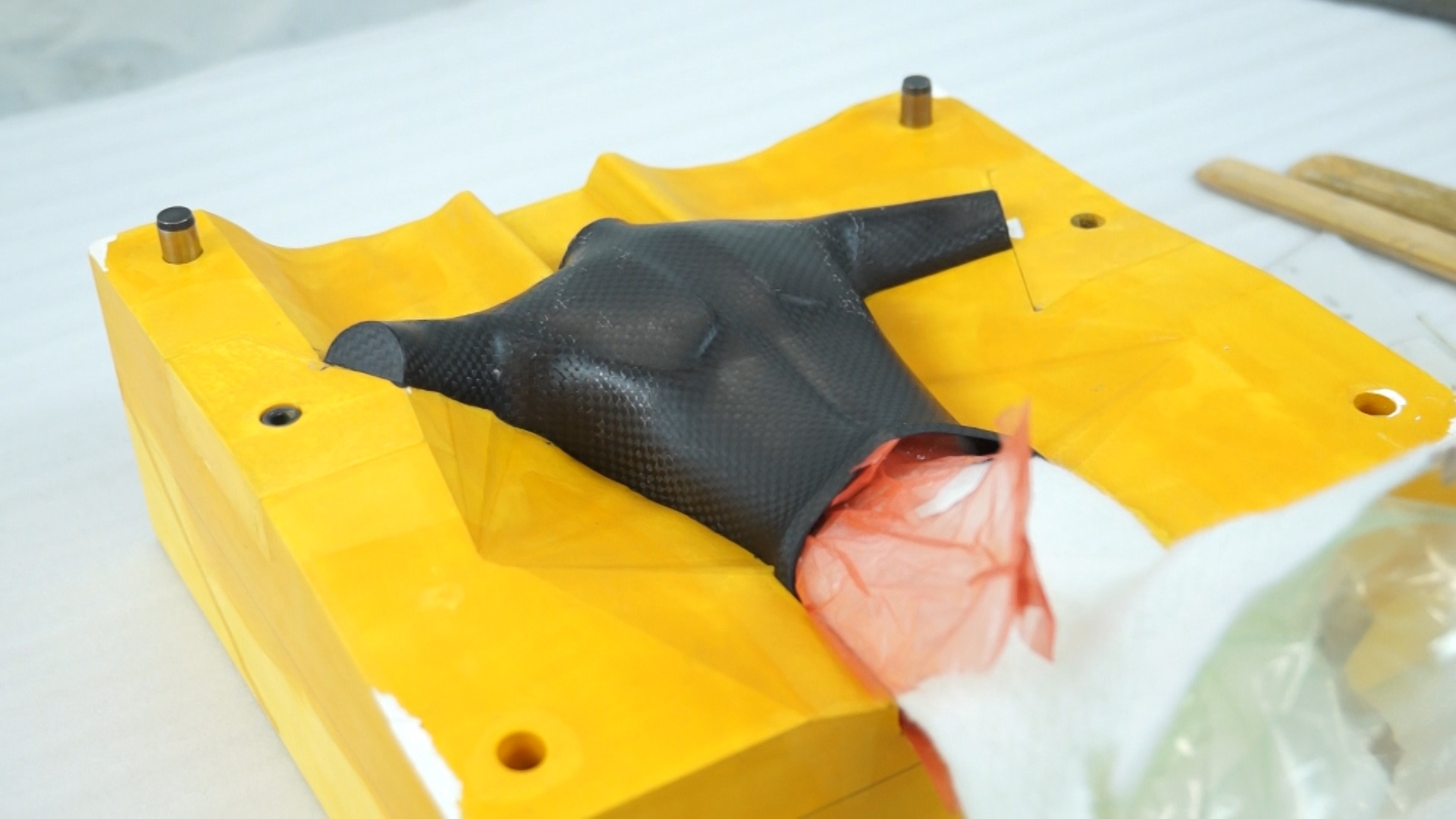
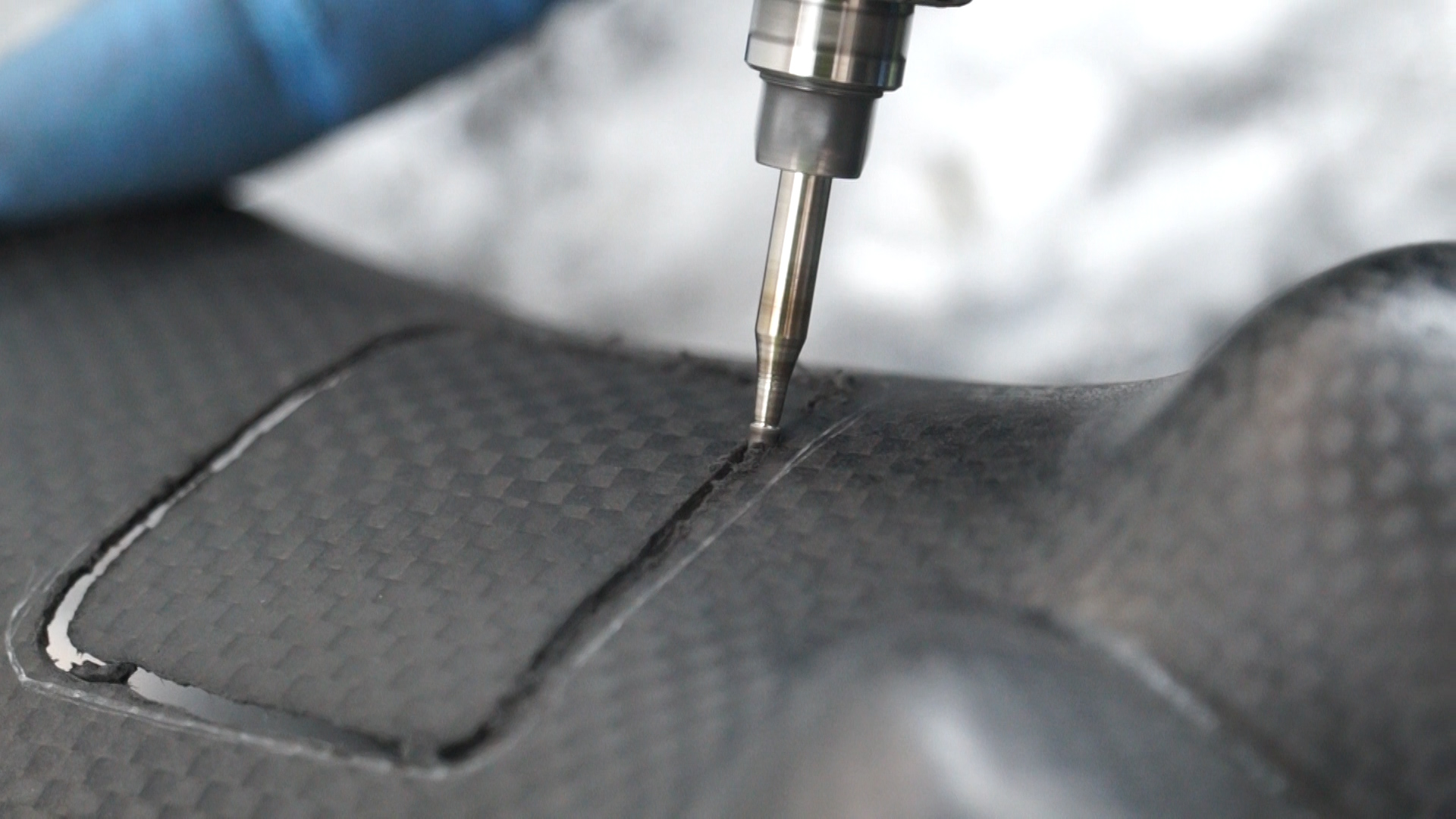
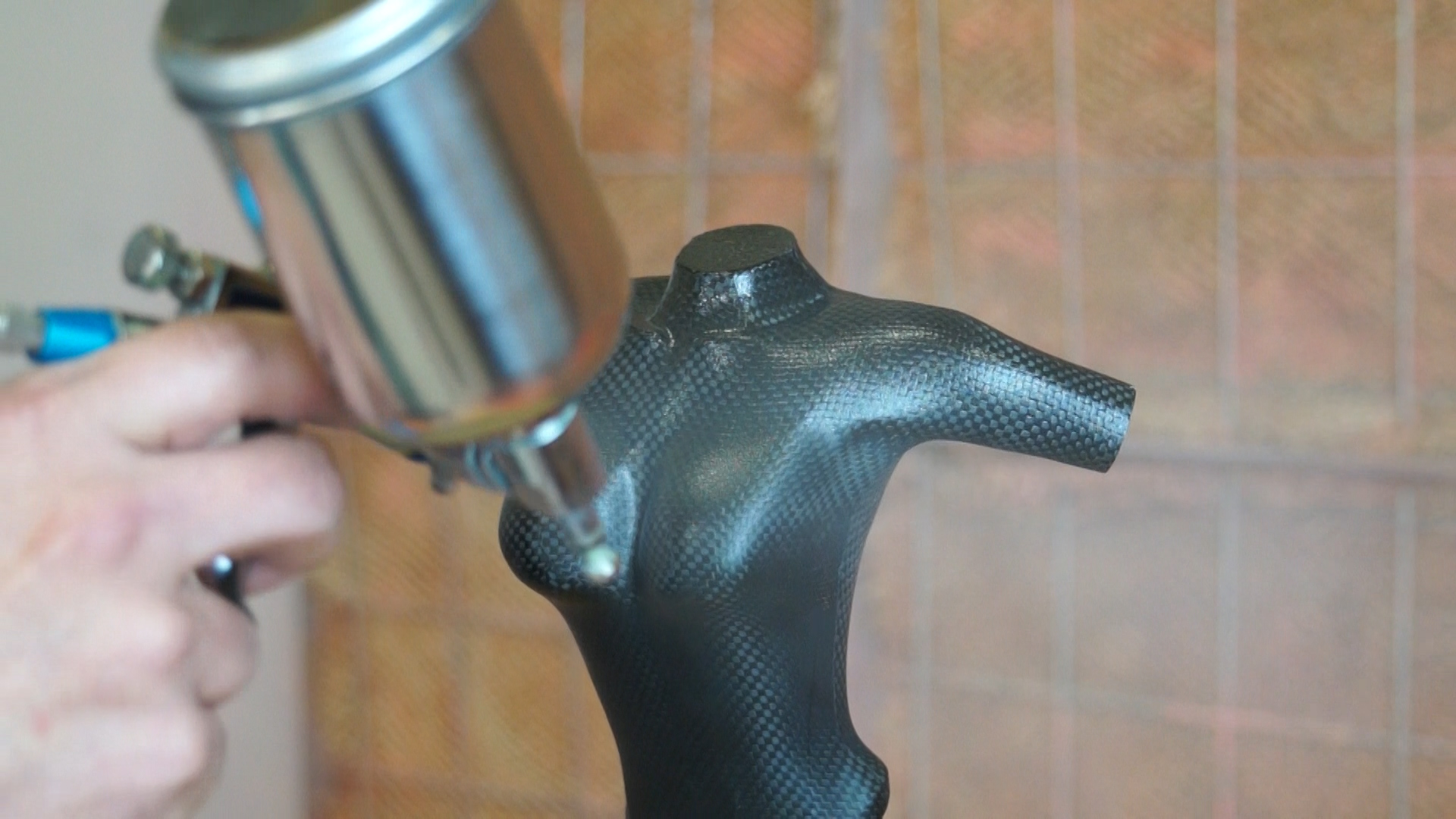
Quality Inspection
After completion of fabrication, we perform a final quality inspection. We can inspect all aspects of the product, including the exterior form, dimensions, and hole measurements, to ensure that it conforms with client wishes and product blueprint.
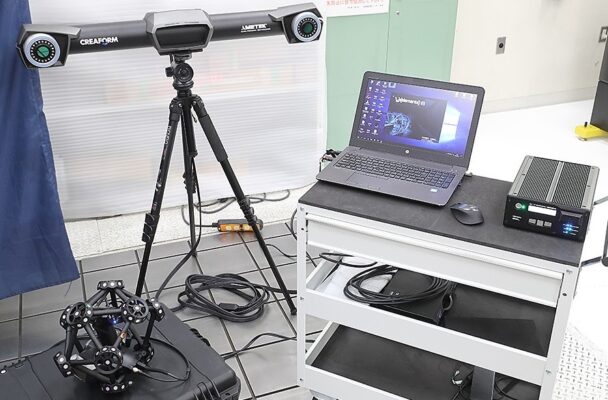
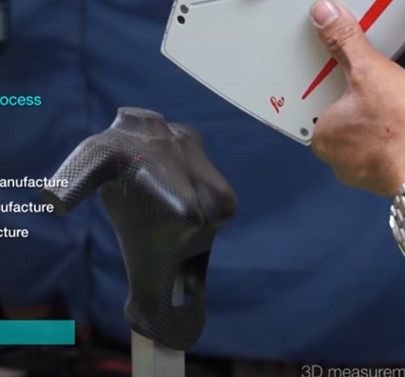
Assembly
Finally, we carefully assembling the finished parts and complete the creation of Carbone Mirai.
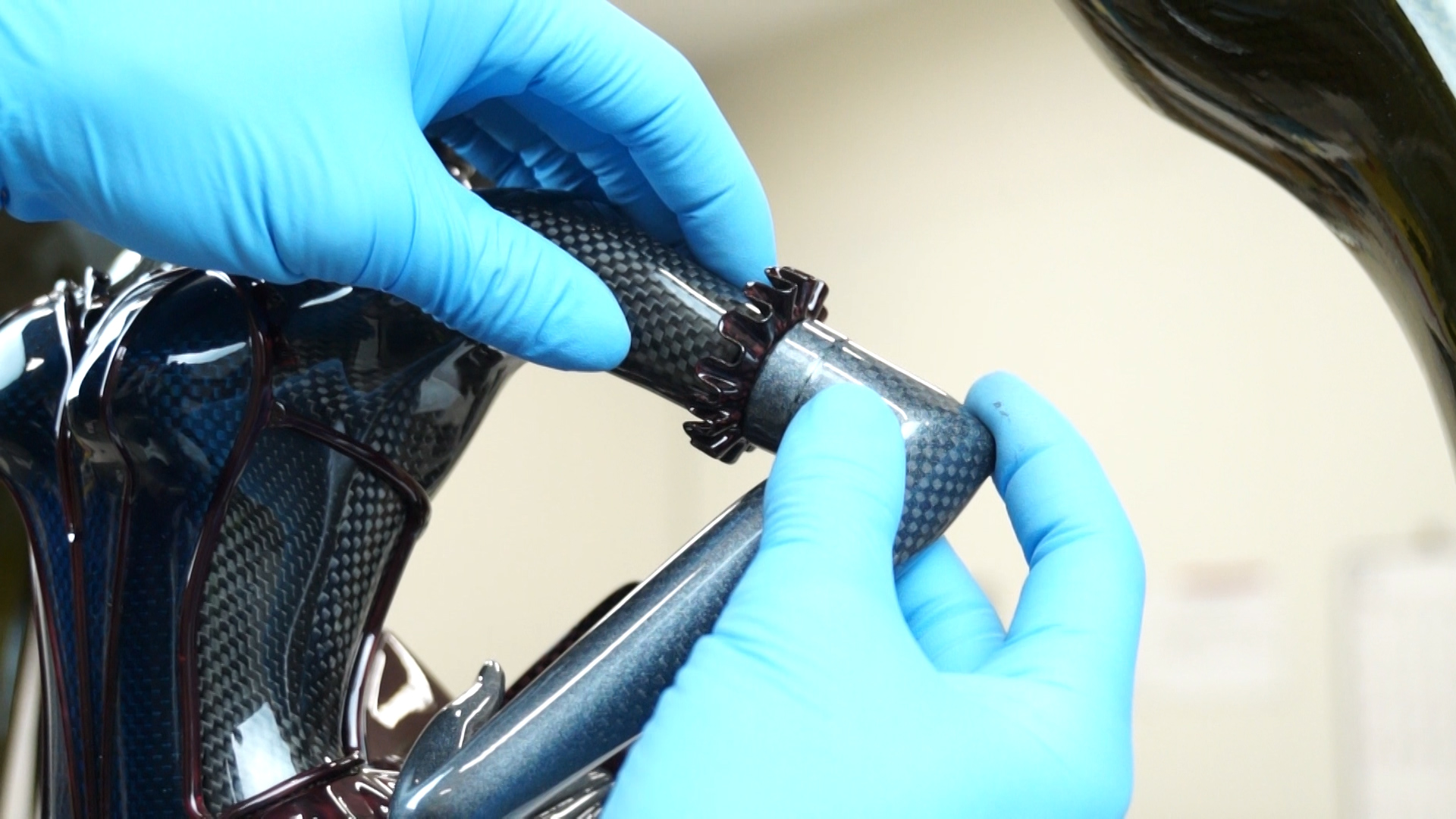
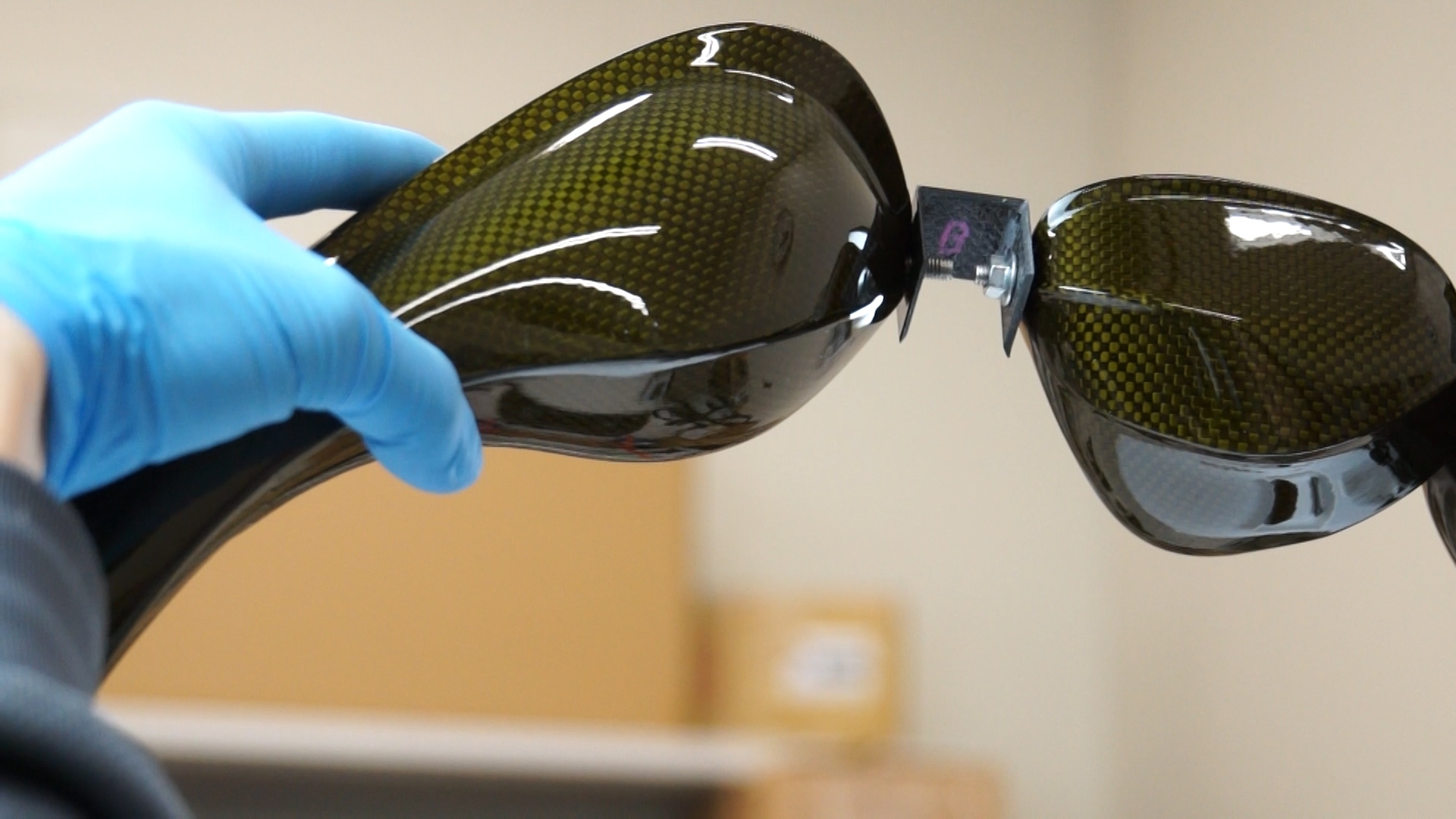
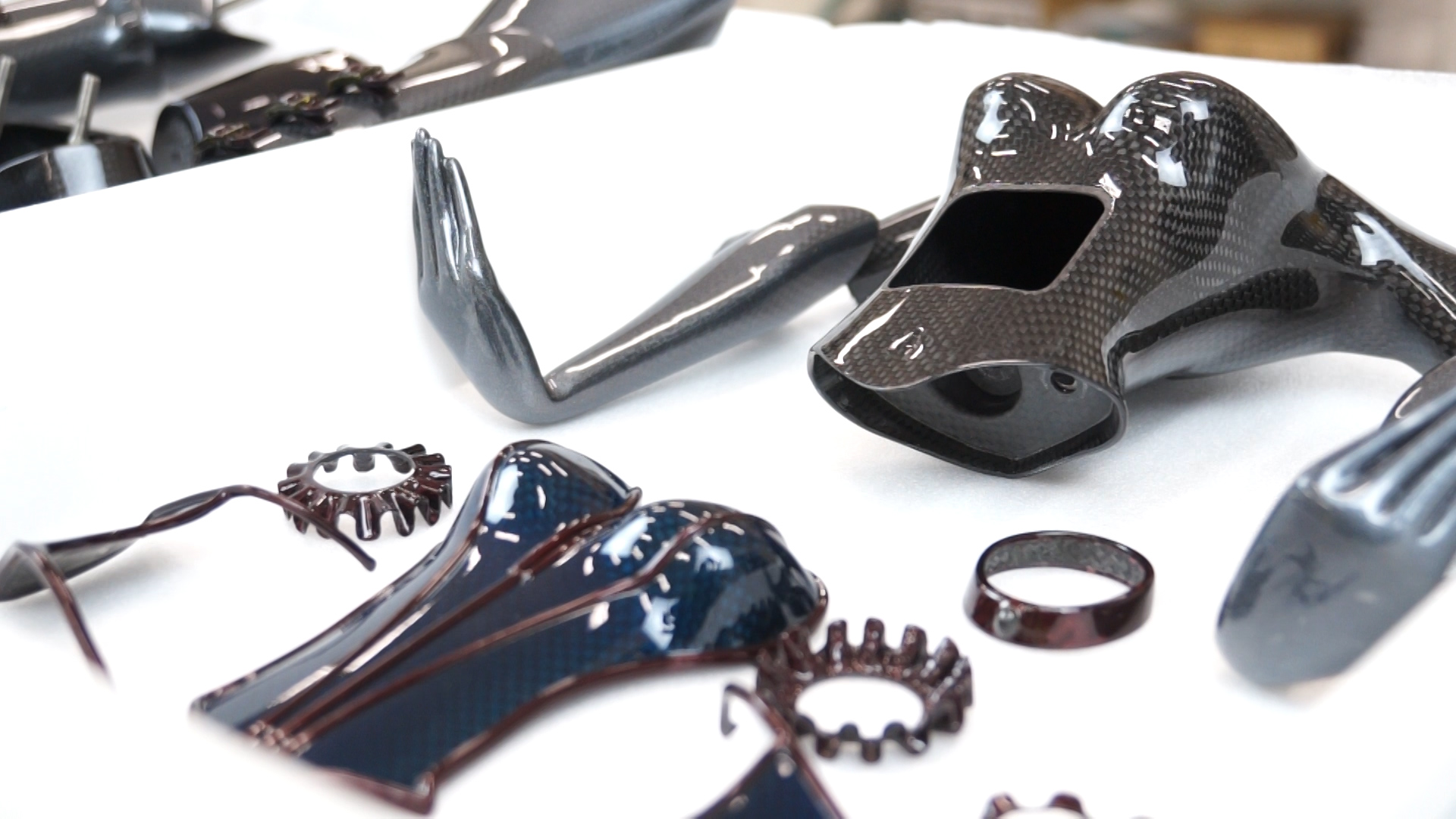
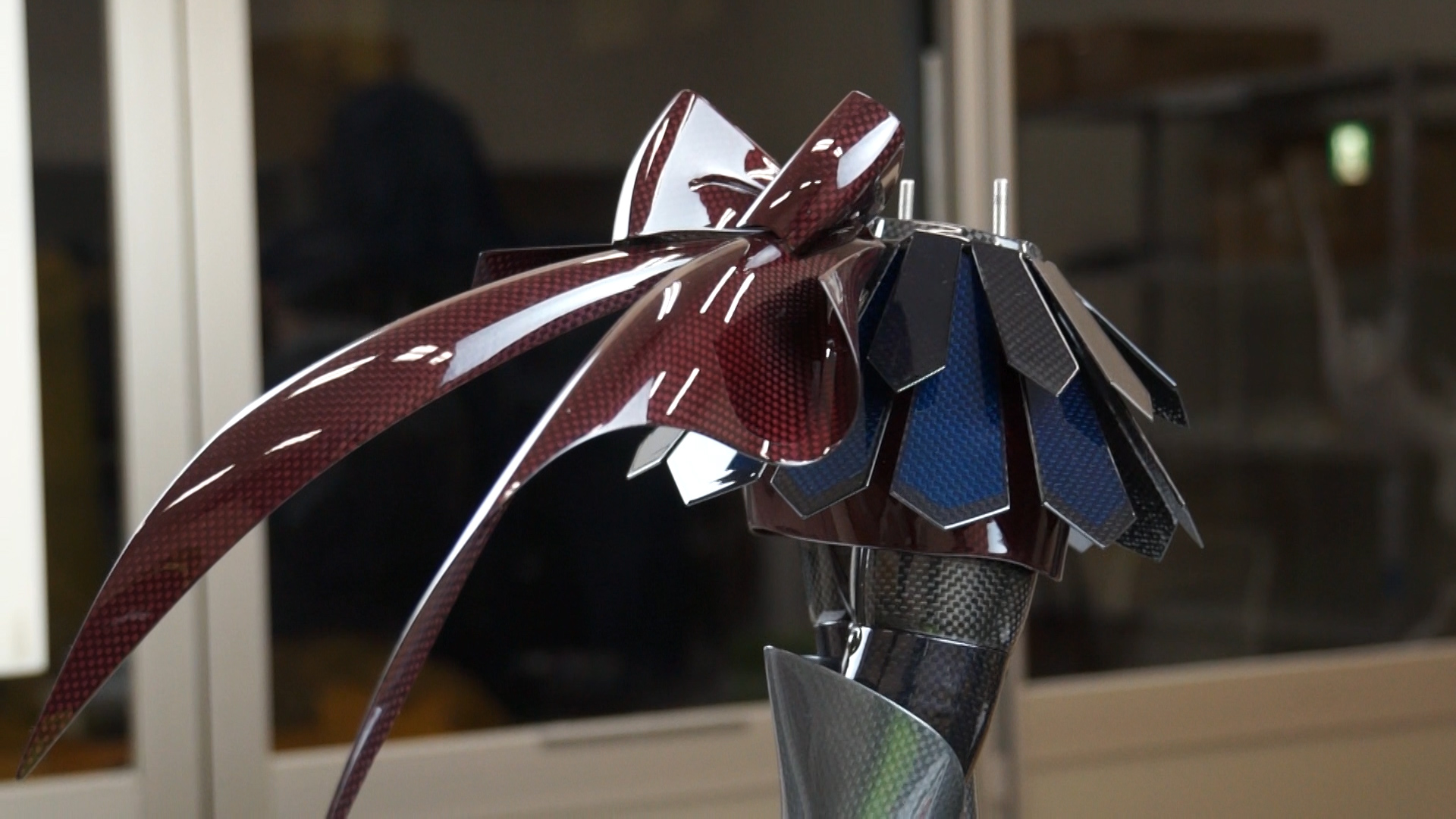
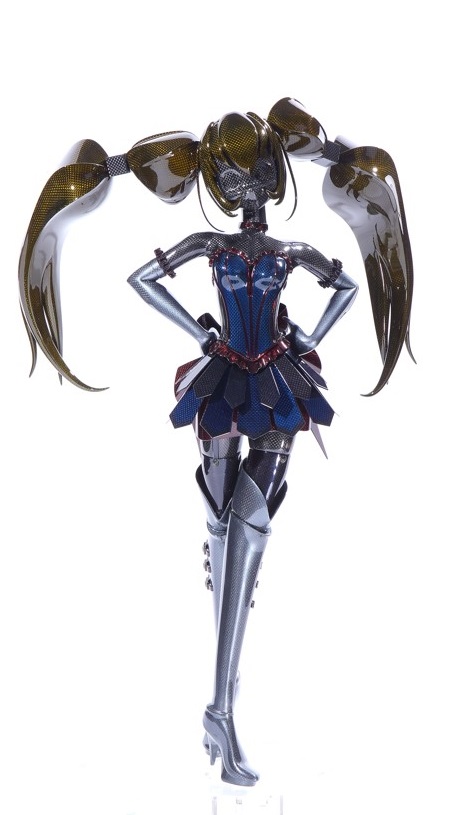
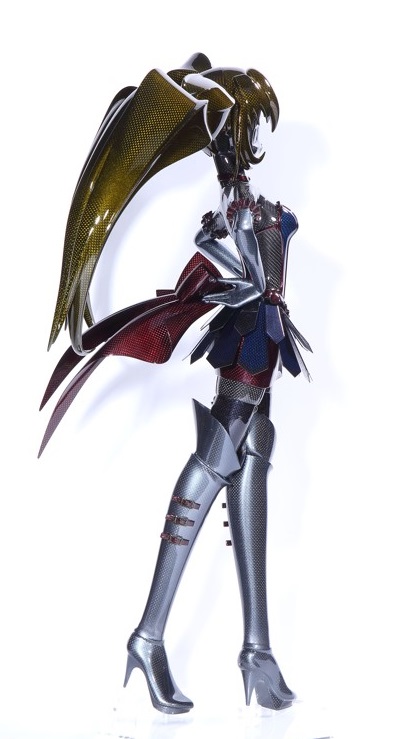
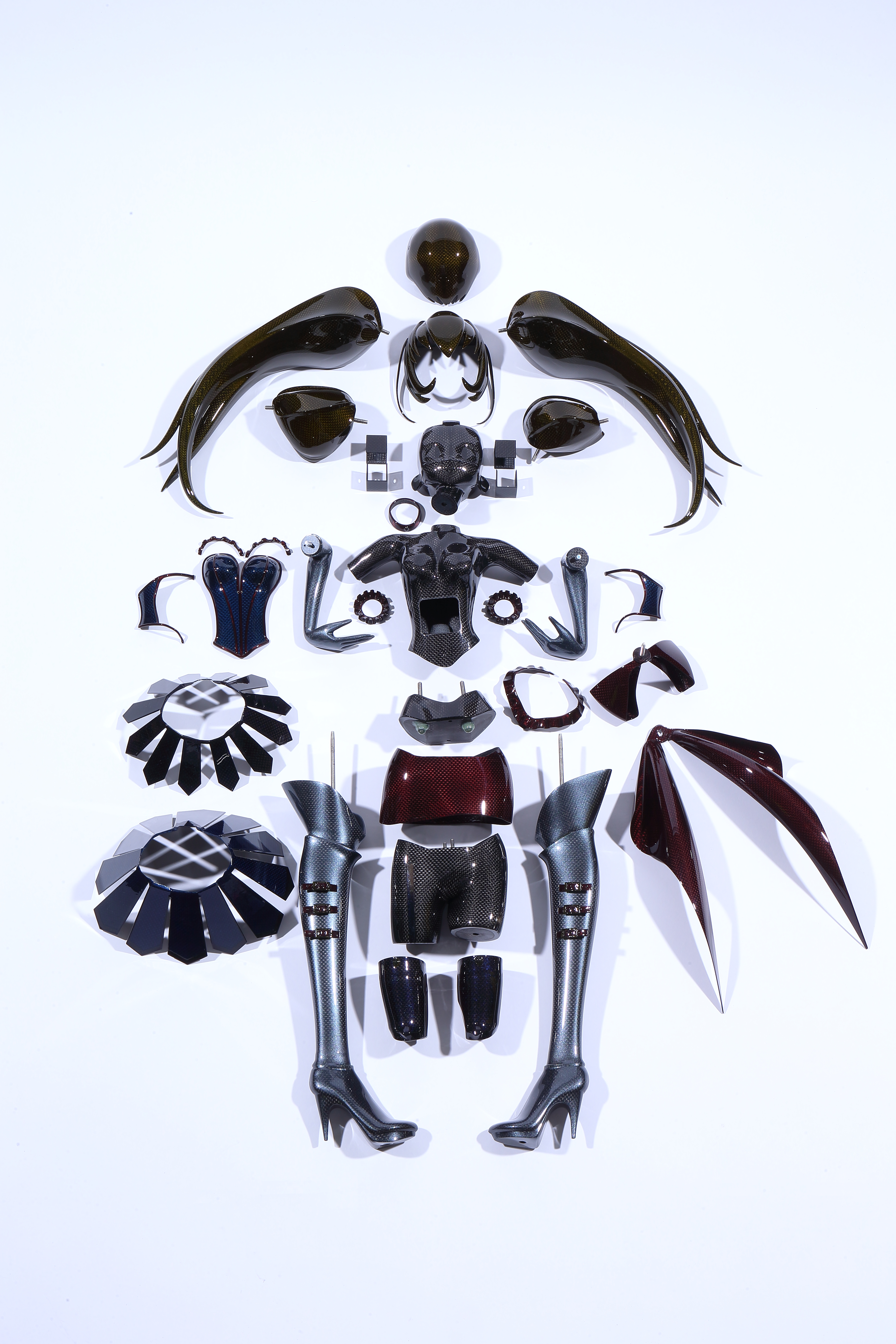
Summary
This issue covered the production process of our 45th anniversary work-of-art Carbone Mirai while delving into the processes and considerations involved in prototype development and manufacturing of carbon fiber, dry carbon, and CFRP. Check out the video link below for added insight into the production of Carbone Mirai. With origins in mannequin manufacturing at Uchida, we pride ourselves on honed skills in manufacturing intricate 3D shapes and large monolithic pieces, creating new horizons for CFRP, GFRP/AFRP and other composite molding and design. This project is one such example.
Related useful contents
You can explore related content by clicking on a topic of interest.
ABOUT UCHIDA - 55 years since our founding
We leverage a wealth of technical expertise as a CFRP molding and processing manufacturer using FRP, GFRP, and CFRP materials. We offer a one-stop solution, encompassing design, analysis, manufacturing, secondary processing, assembly, painting, quality assurance, and testing.
UCHIDA's equipment
We have cutting-edge equipment to ensure that we can address even the most advanced challenges of our customers.
Video Library
In the following video, we provide a detailed overview of our manufacturing process. Please feel free to watch and learn more.

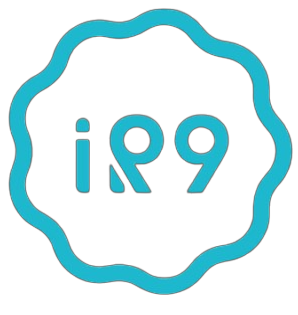
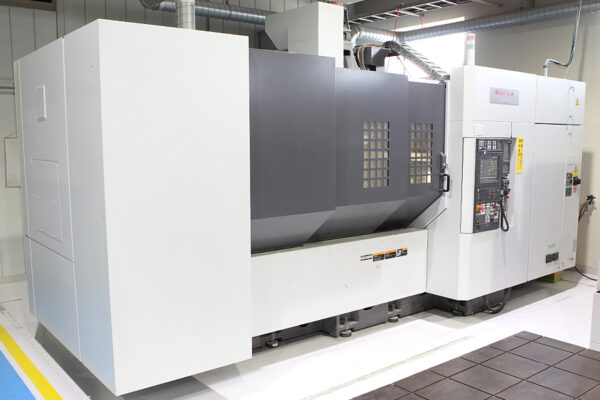
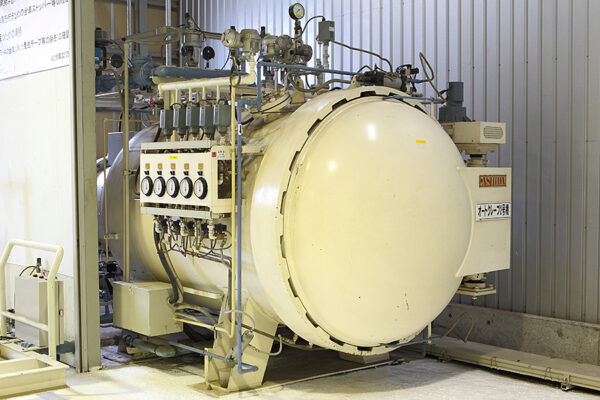
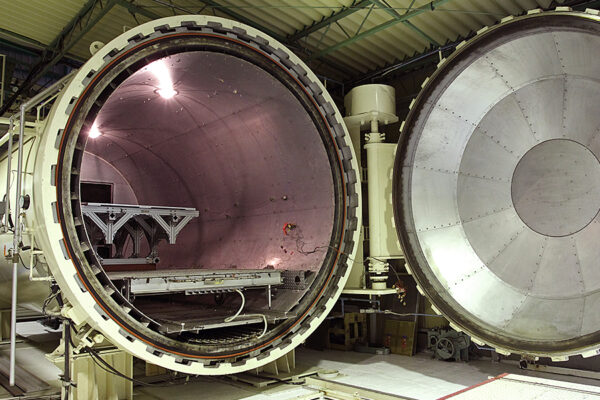
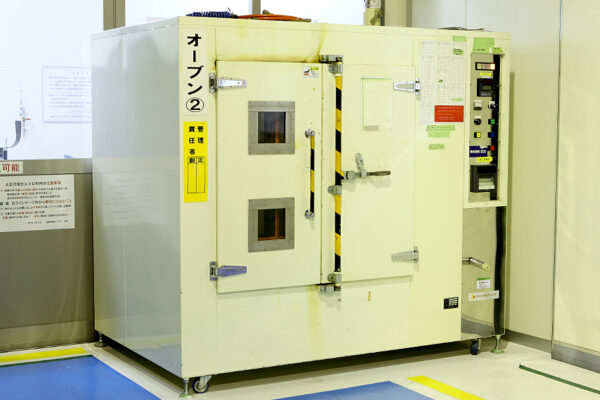
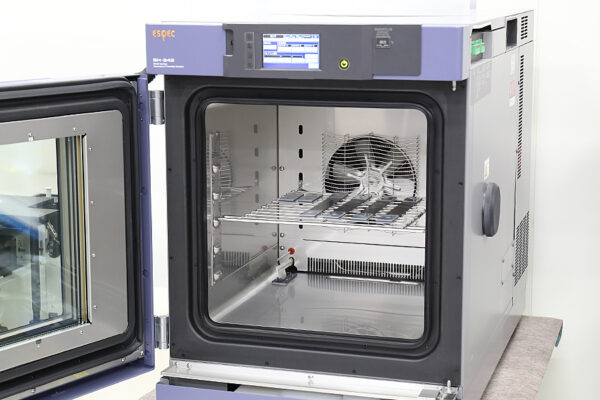
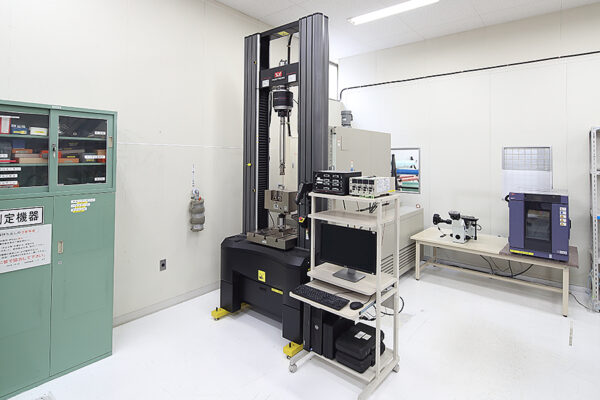
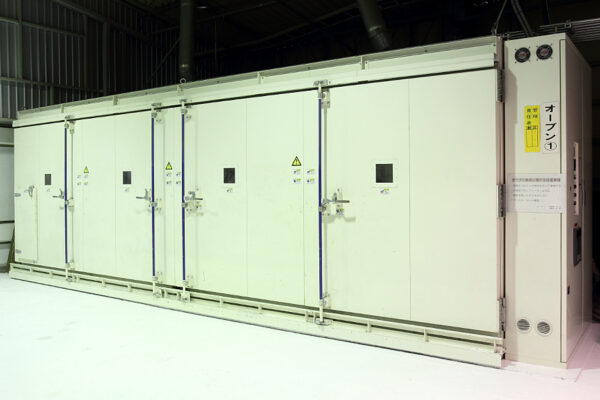
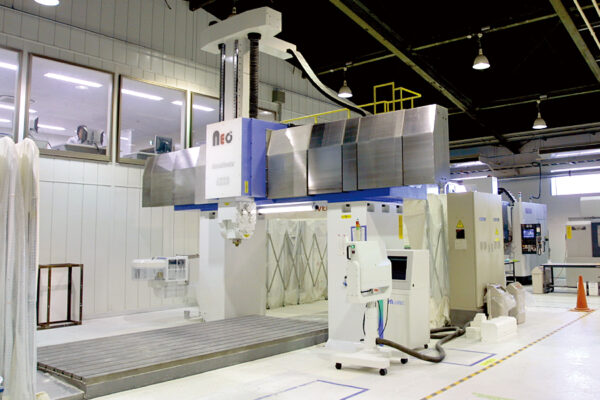
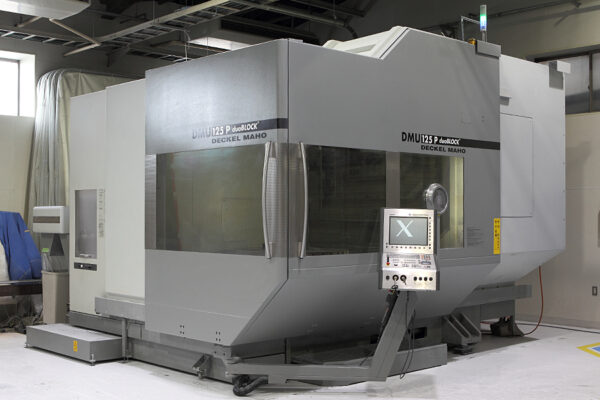
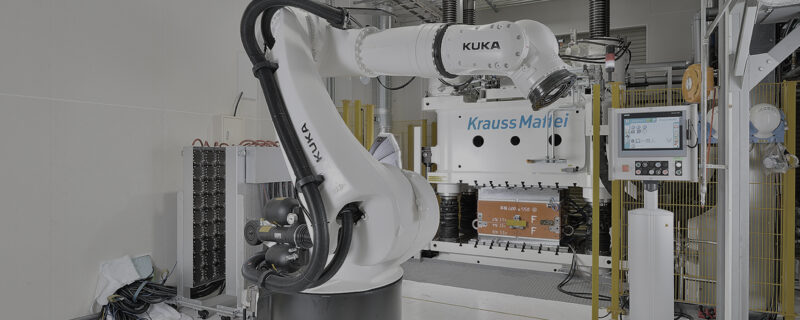
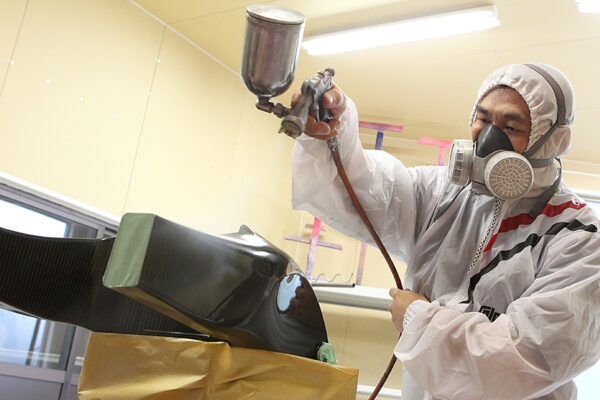
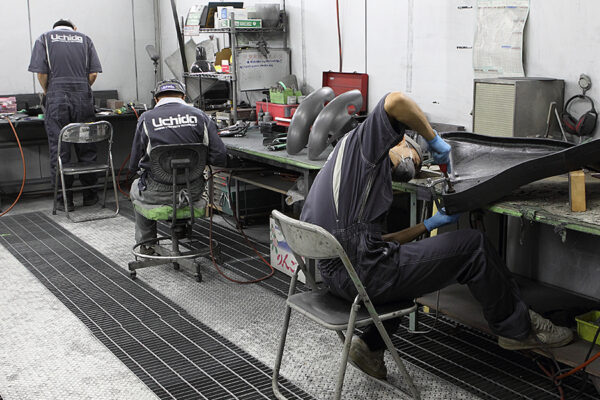
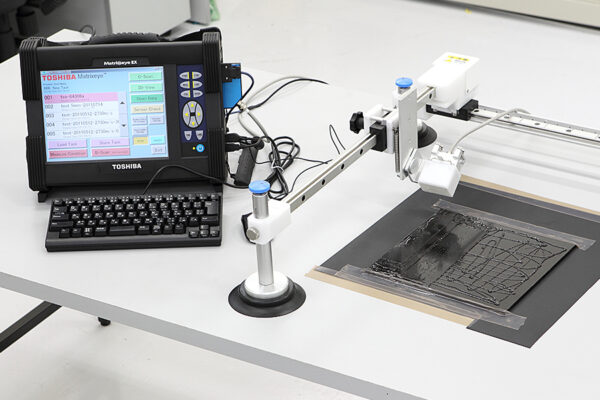
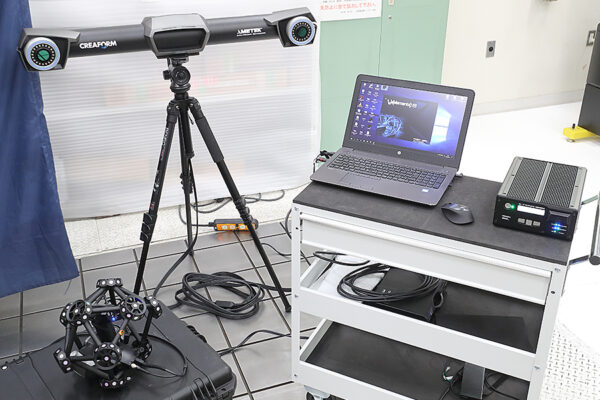
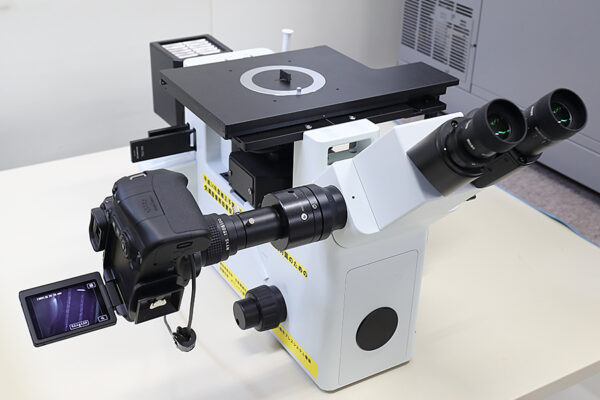
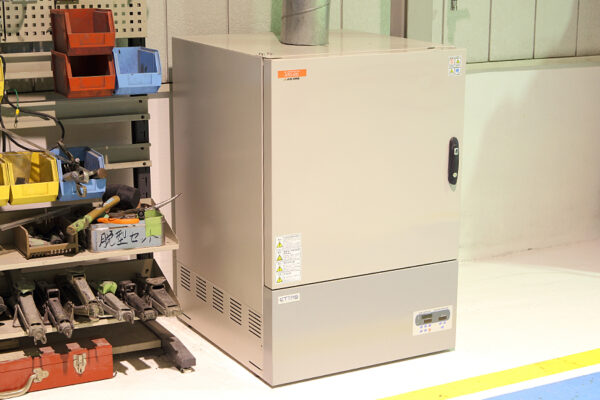
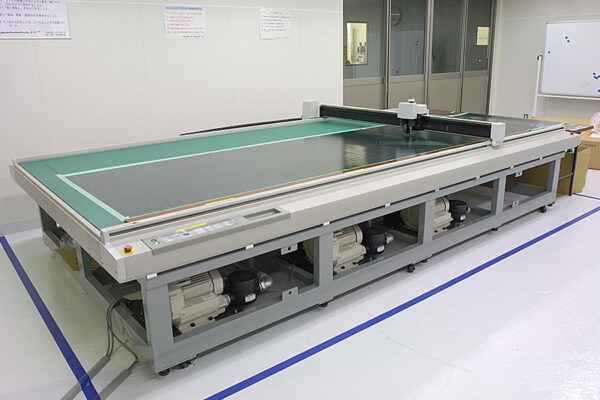
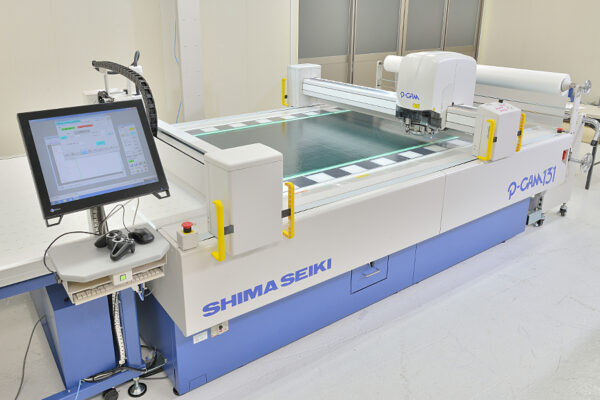
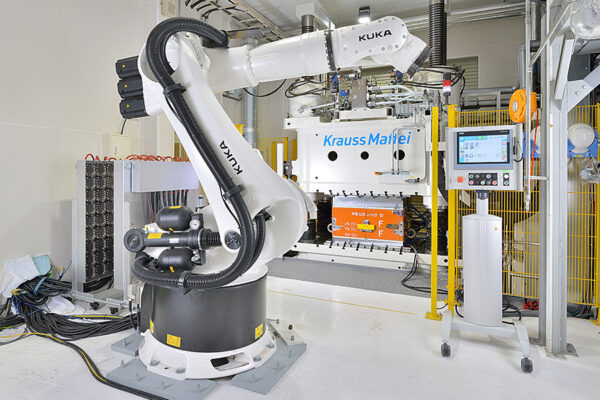
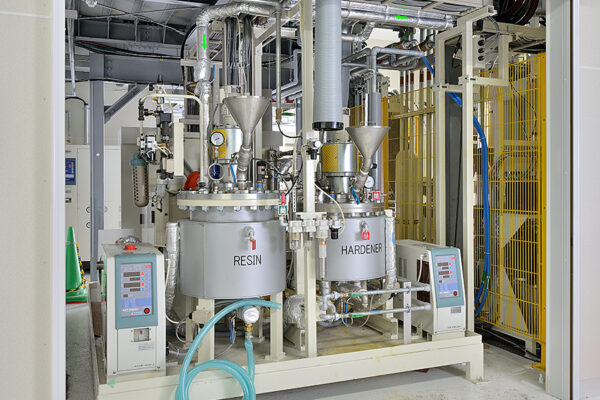
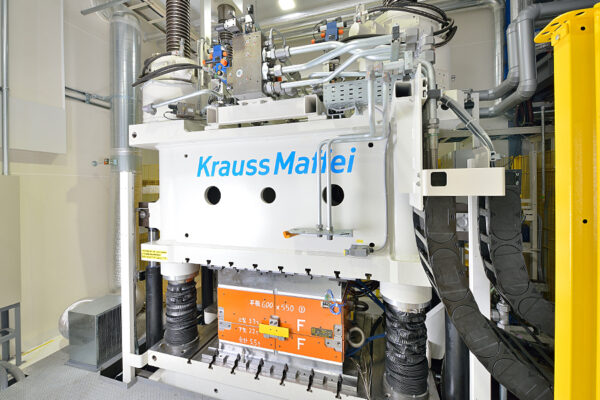
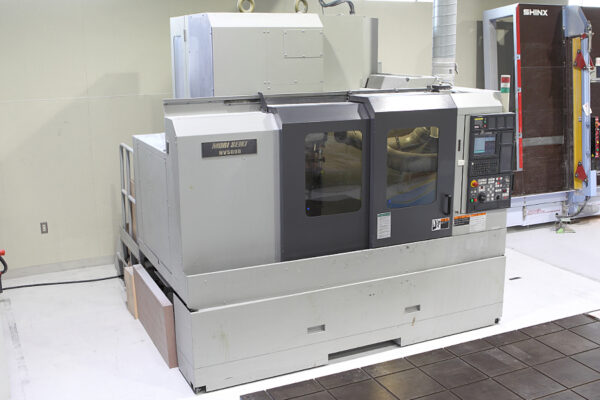
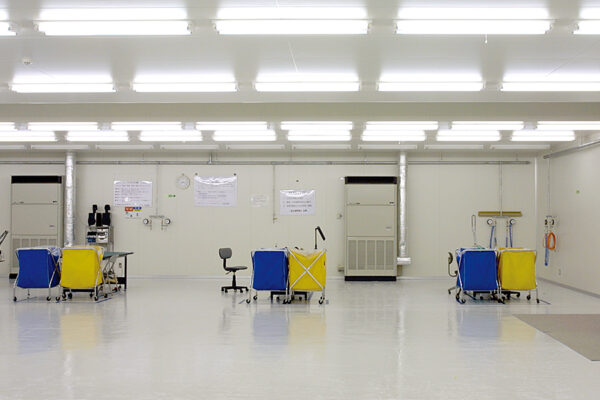
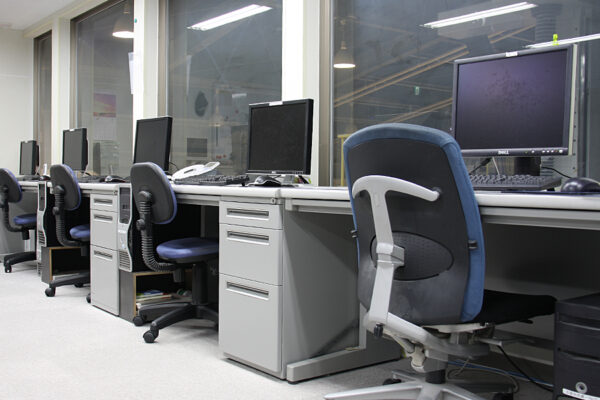
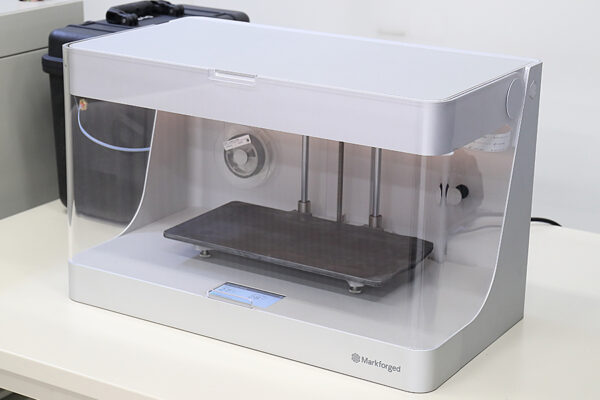
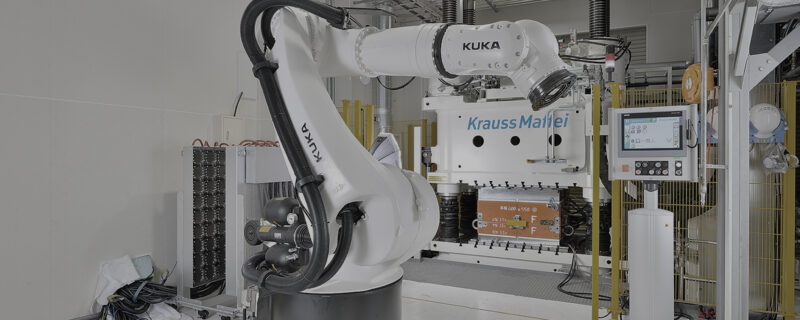

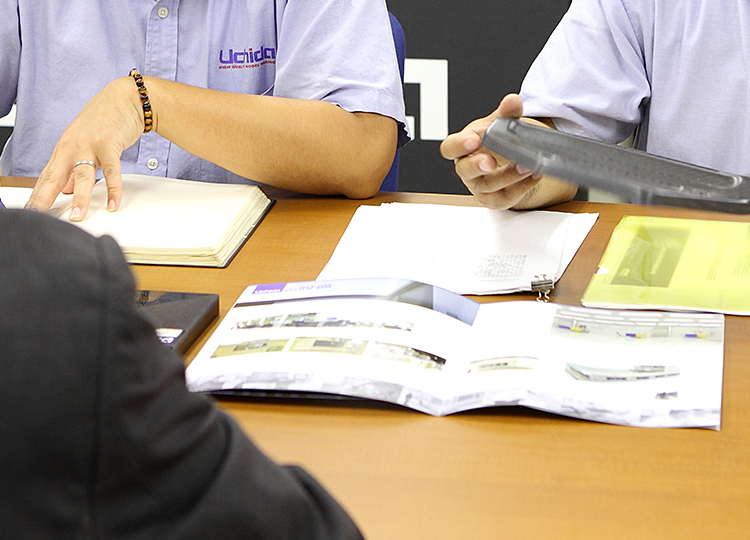
ピンバック: 【コラム】FRP・GFRP・CFRP 切削加工・機械加工 | 株式会社UCHIDA
ピンバック: 【コラム】GFRPとは? | 株式会社UCHIDA
ピンバック: 【コラム】オーブン成形とは? CFRP | 株式会社UCHIDA
ピンバック: 【コラム】FRP・GFRP・CFRPの違いについて | 株式会社UCHIDA
ピンバック: 【コラム】RTM・HP-RTM製法『CFRP』とは? | 株式会社UCHIDA
ピンバック: 軽量化手法『FRP・GFRP・CFRP』【コラム】 | 株式会社UCHIDA
ピンバック: コンポジット・カーボンコンポジットの作り方【コラム】 | 株式会社UCHIDA
ピンバック: FRP・GFRP・CFRP 切削加工・機械加工【コラム】 | 株式会社UCHIDA
ピンバック: CFRP航空機・宇宙分野へのCFRP適用【コラム】 | 株式会社UCHIDA